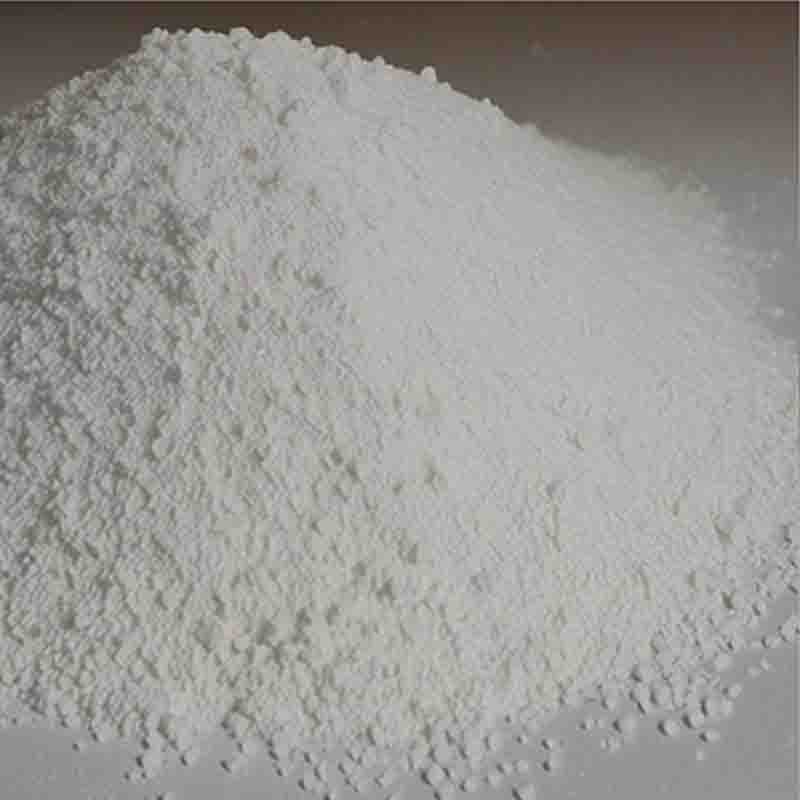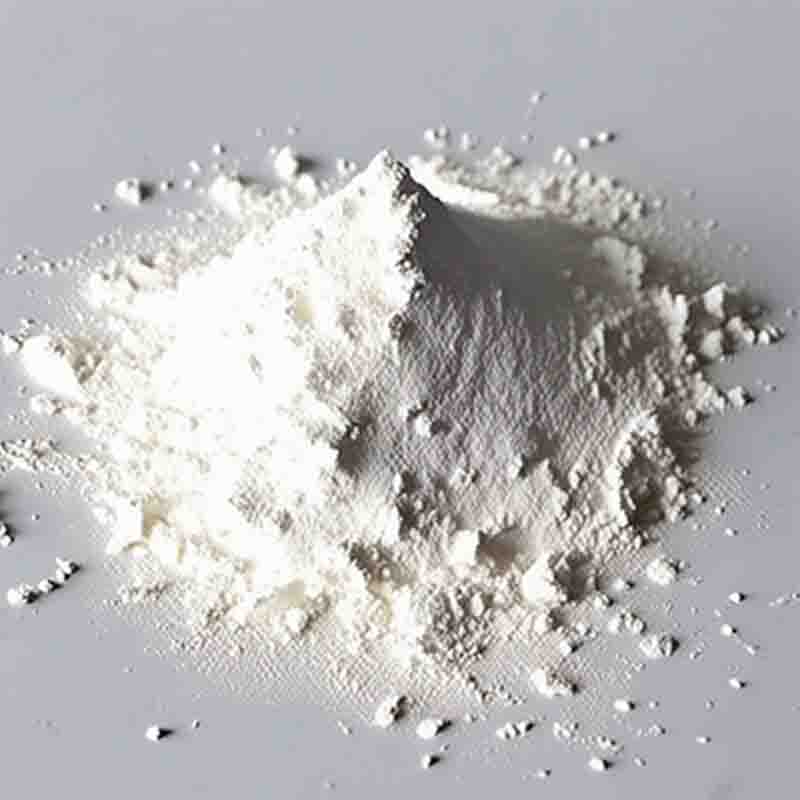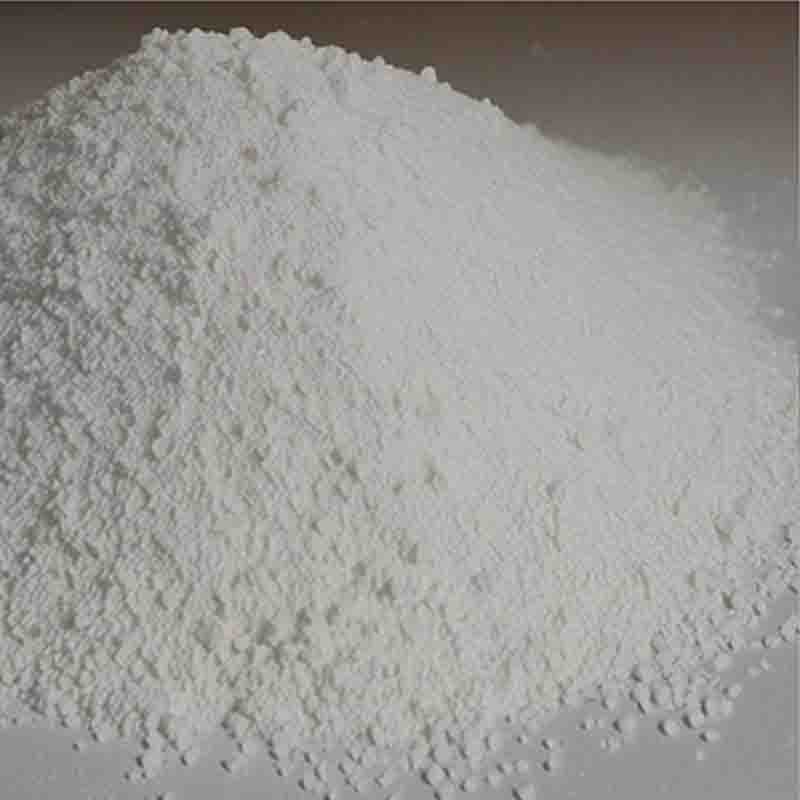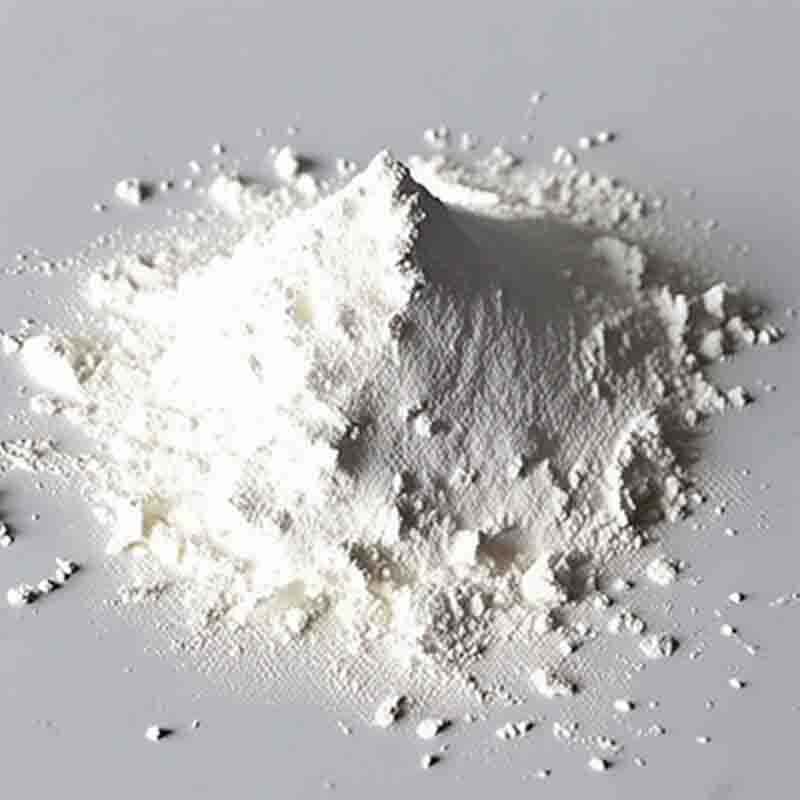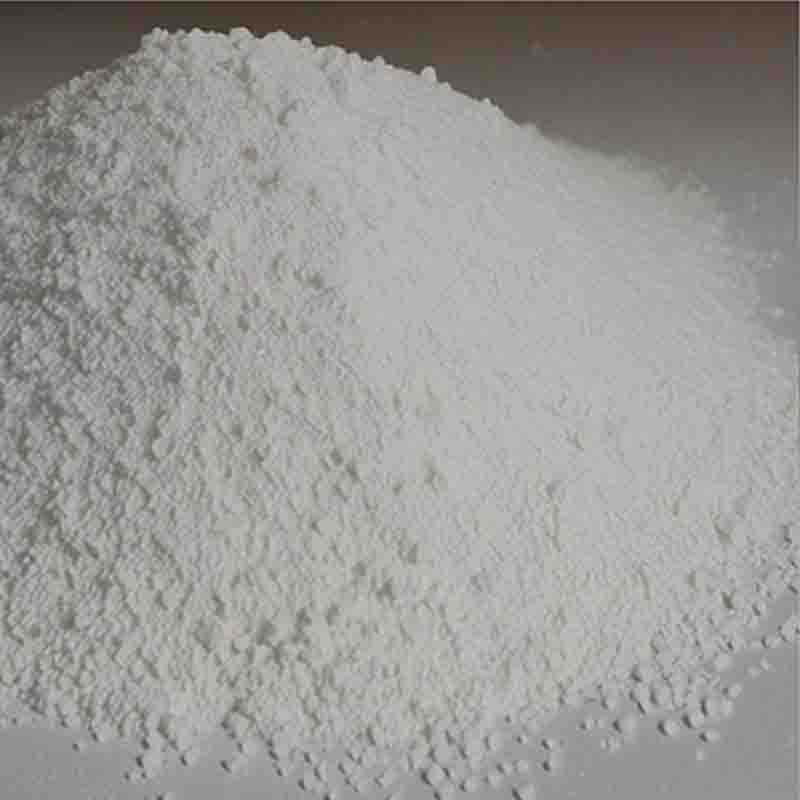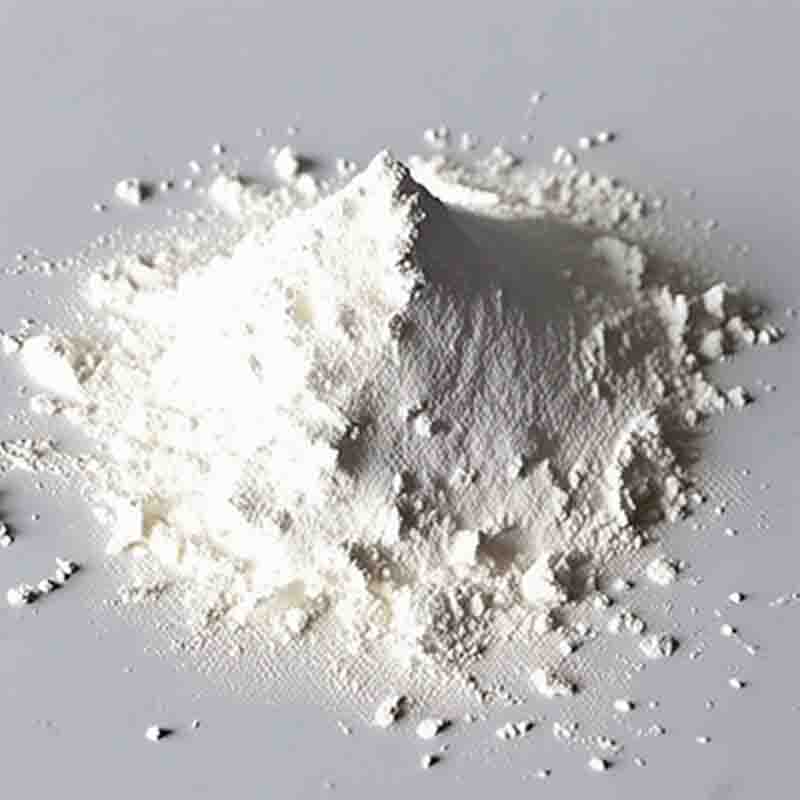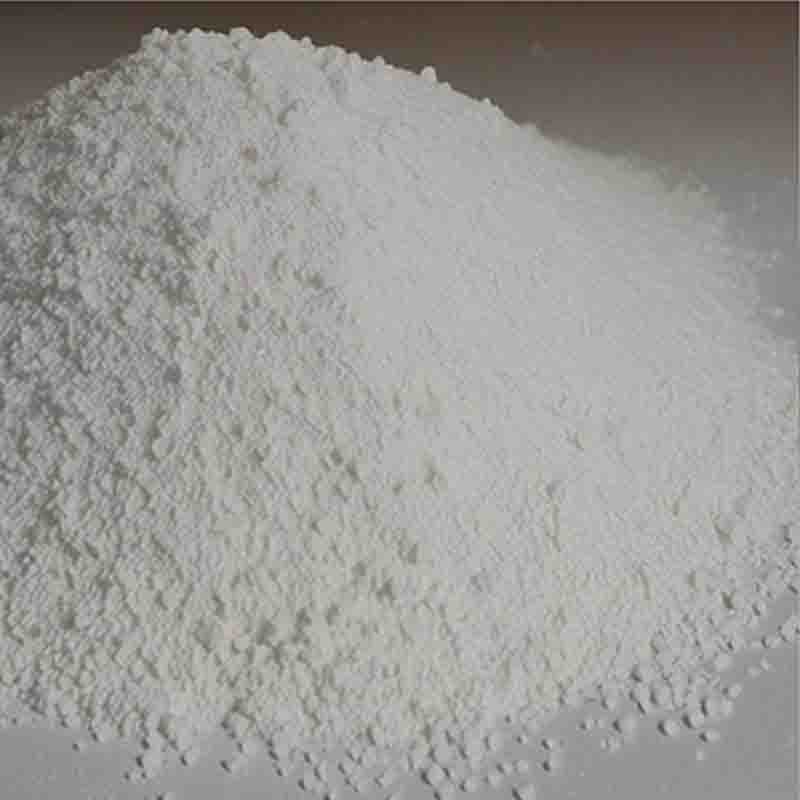2,2,2-Trifluoroethyl methacrylate CAS: 352-87-4
| Catalog Number | XD93578 |
| Product Name | 2,2,2-Trifluoroethyl methacrylate |
| CAS | 352-87-4 |
| Molecular Formula | C6H7F3O2 |
| Molecular Weight | 168.11 |
| Storage Details | Ambient |
Product Specification
| Appearance | White powder |
| Assay | 99% min |
2,2,2-Trifluoroethyl methacrylate is a chemical compound that finds applications in various industries, primarily in the field of polymer science and materials chemistry. It is an ester derivative of methacrylic acid, with a trifluoroethyl group attached to the carbon-carbon double bond of the methacrylate moiety.One of the main uses of 2,2,2-Trifluoroethyl methacrylate is as a building block for the synthesis of polymers with unique properties. When polymerized, it imparts fluorine atoms into the polymeric backbone, which leads to enhanced chemical and thermal resistance. These fluorinated polymers exhibit excellent resistance to solvents, acids, bases, and high temperatures. They are commonly used in applications where superior chemical resistance is required, such as chemical storage tanks, pipe systems, and protective coatings for various surfaces.Furthermore, 2,2,2-Trifluoroethyl methacrylate is utilized in the development of functional coatings with specific properties. The incorporation of this compound into coatings, either as a co-monomer or as a reactive diluent, provides increased hydrophobicity and oleophobicity to the coating surface. This makes it suitable for anti-fouling coatings, water repellent coatings, and easy-to-clean surfaces.Another area where 2,2,2-Trifluoroethyl methacrylate is employed is in the production of fluorinated additives and modifiers. Addition of this compound to various polymeric systems, such as plastics, elastomers, and adhesives, can improve their performance characteristics. It enhances the mechanical strength, thermal stability, and chemical resistance of these materials. Additionally, the presence of fluorine atoms can impart low surface energy to the modified polymers, resulting in reduced friction, improved release properties, and anti-sticking behavior.2,2,2-Trifluoroethyl methacrylate also finds applications in the development of specialty resins and fibers. It can be copolymerized with other monomers to create polymers with tailored properties for specific applications. For instance, it can be copolymerized with hydrophilic monomers to produce amphiphilic polymers with both hydrophilic and hydrophobic characteristics. These amphiphilic polymers have been used in drug delivery systems, surface modifications, and biomaterials.Furthermore, due to its reactivity and ability to undergo various chemical transformations, 2,2,2-Trifluoroethyl methacrylate has been employed in the synthesis of other fluorinated compounds. It serves as a precursor for the synthesis of novel fluorine-containing compounds used in pharmaceuticals, agrochemicals, and specialty chemicals.In conclusion, 2,2,2-Trifluoroethyl methacrylate is a valuable compound with diverse applications in the fields of polymer science, materials chemistry, coatings, additives, and specialty chemicals. Its incorporation into polymers, coatings, and other materials imparts improved chemical resistance, hydrophobicity, thermal stability, and other desired properties. Its versatility and reactivity make it an essential building block for the development of innovative materials in various industries.


